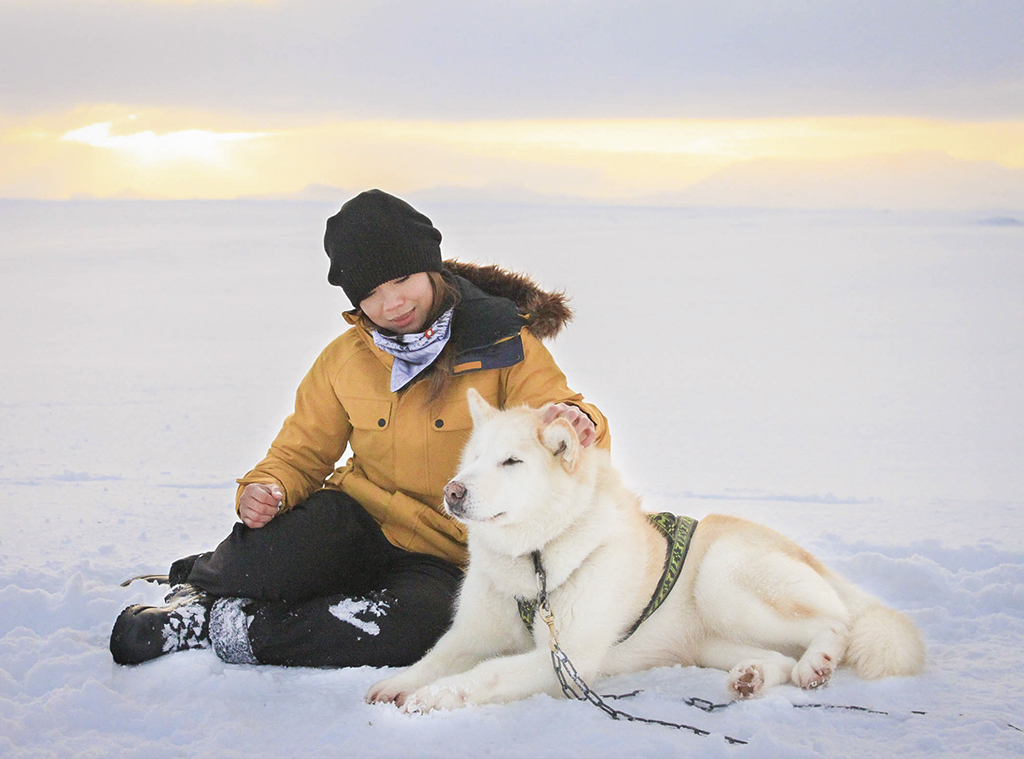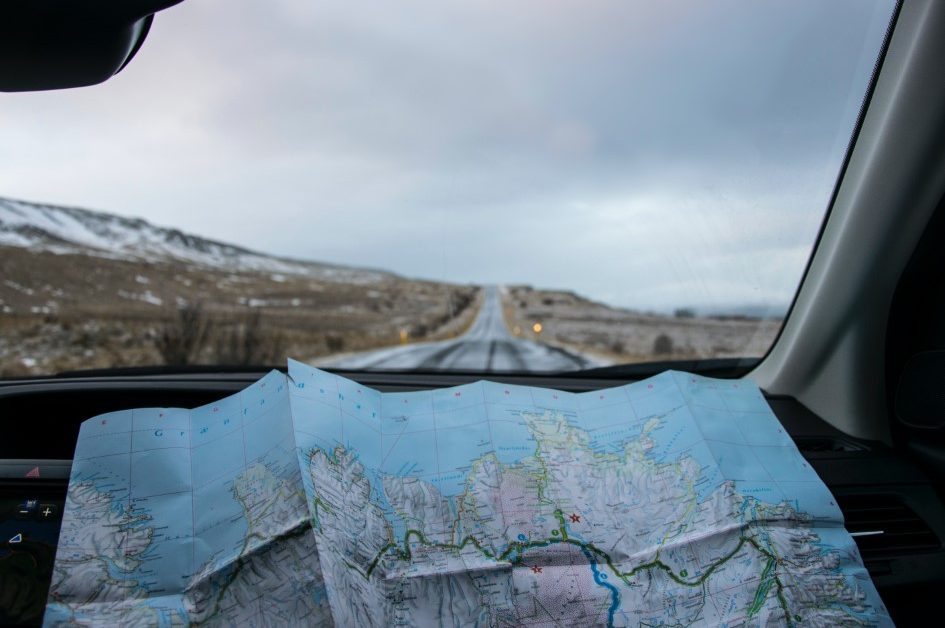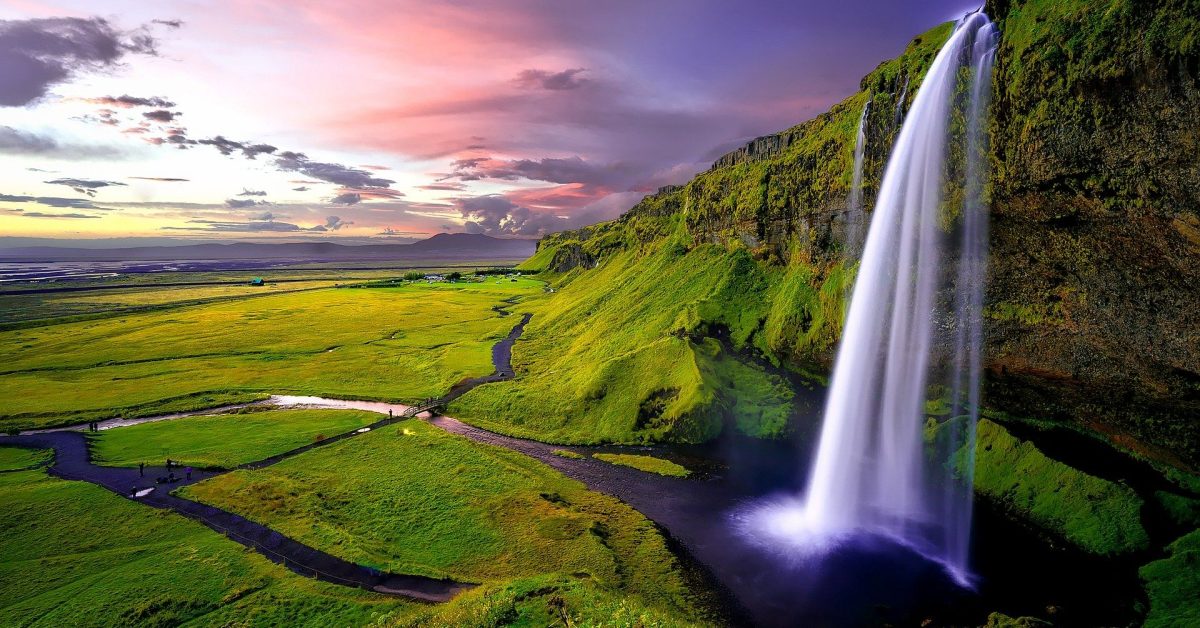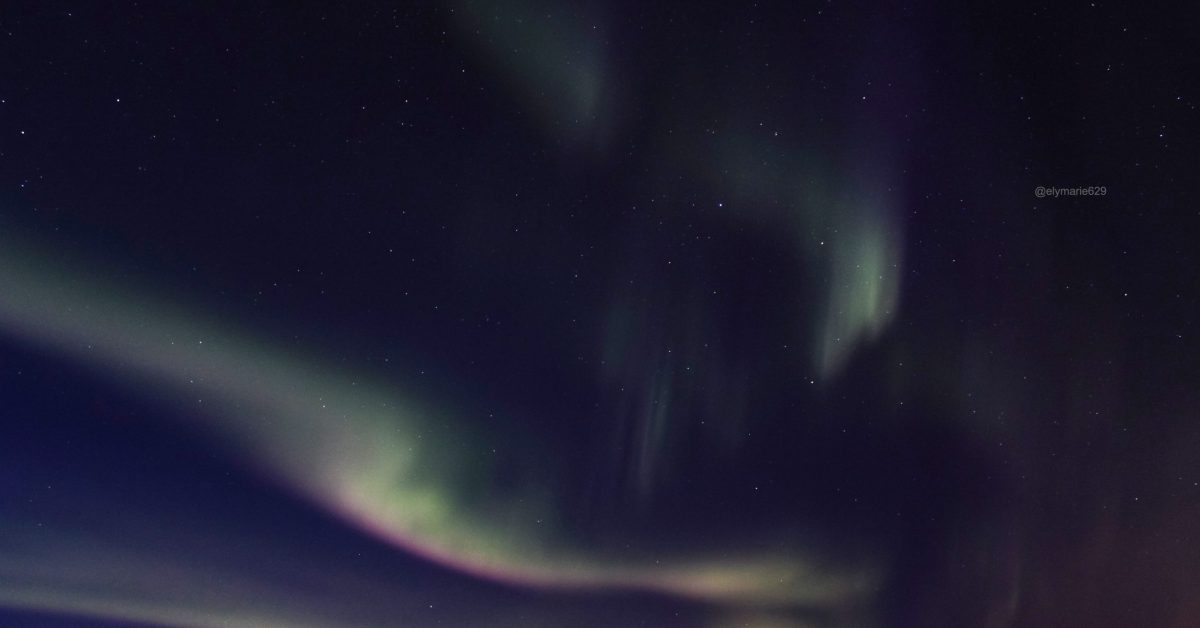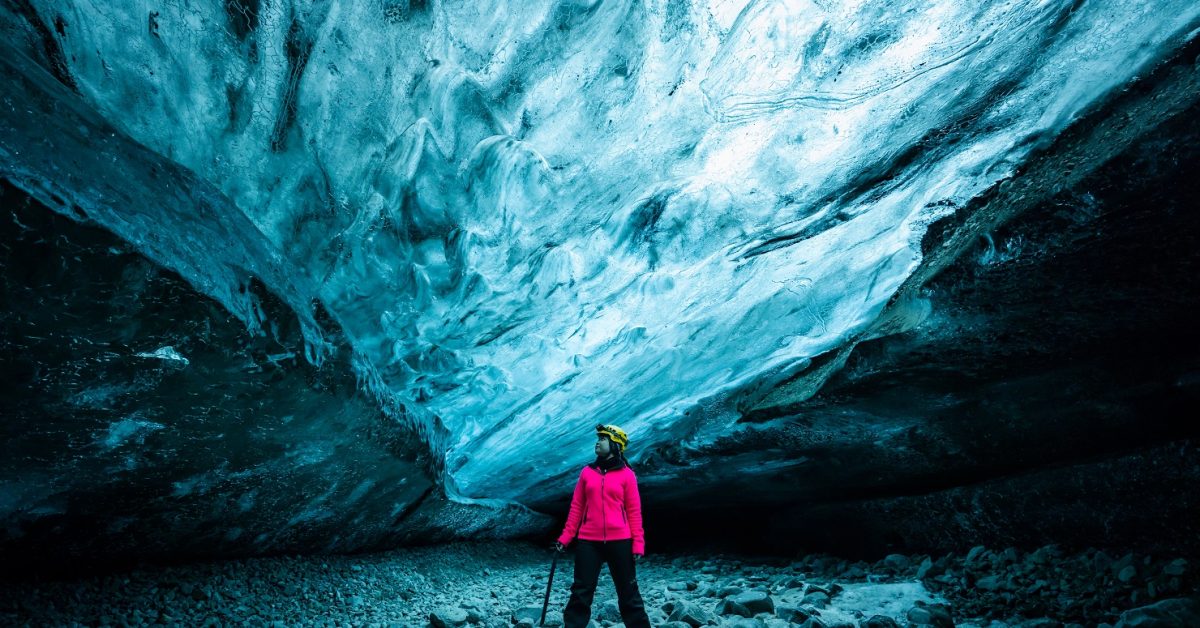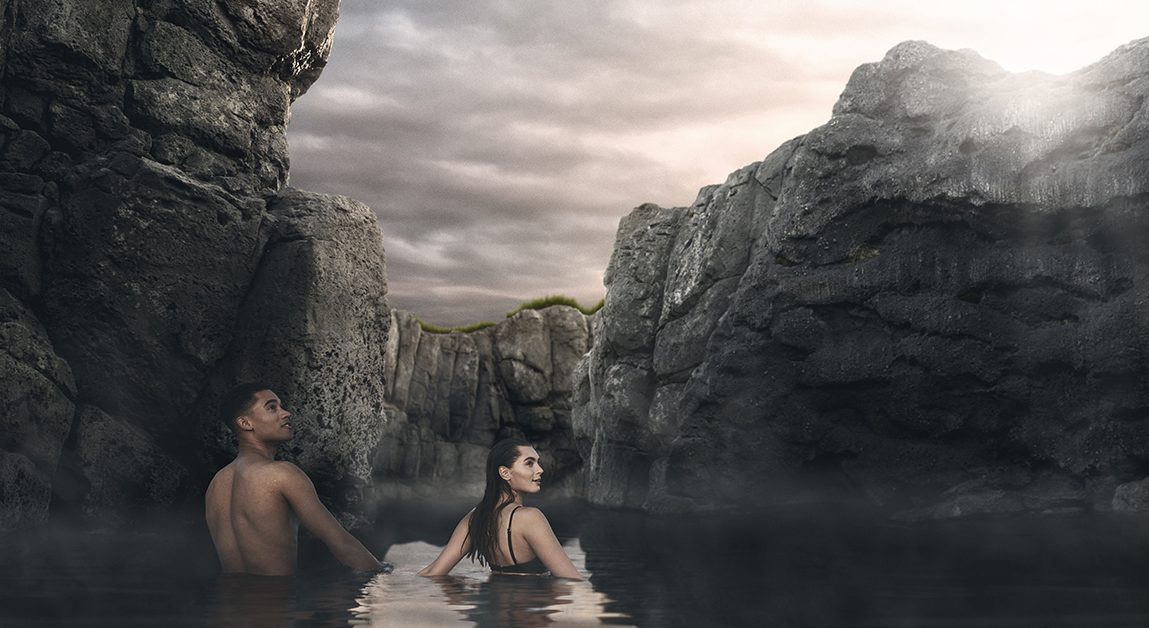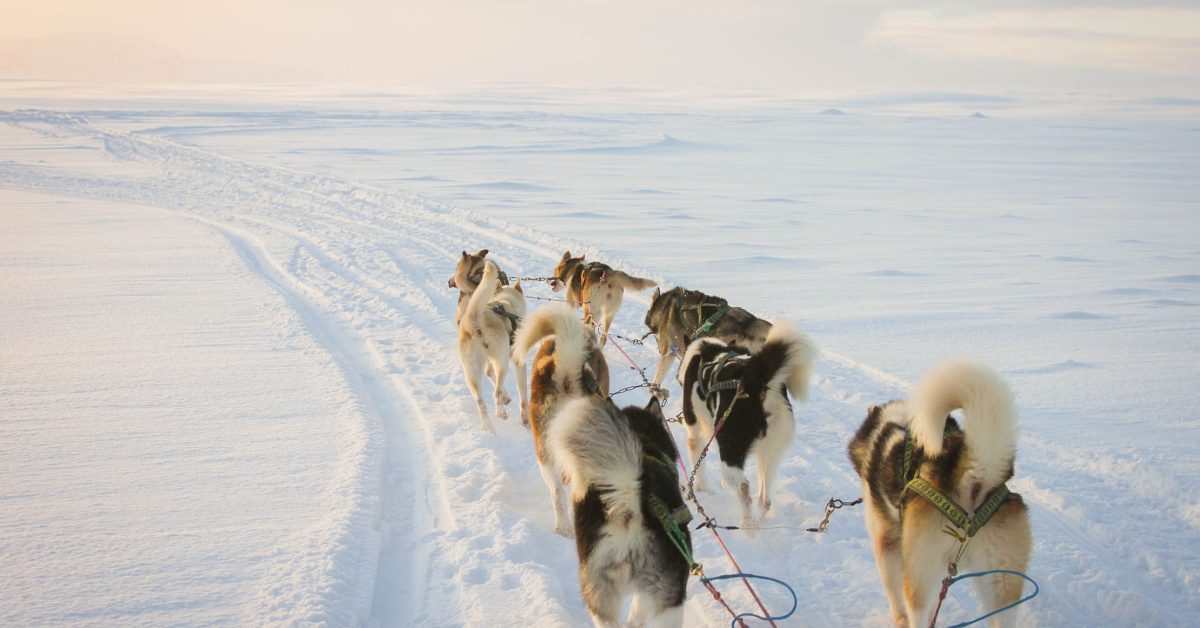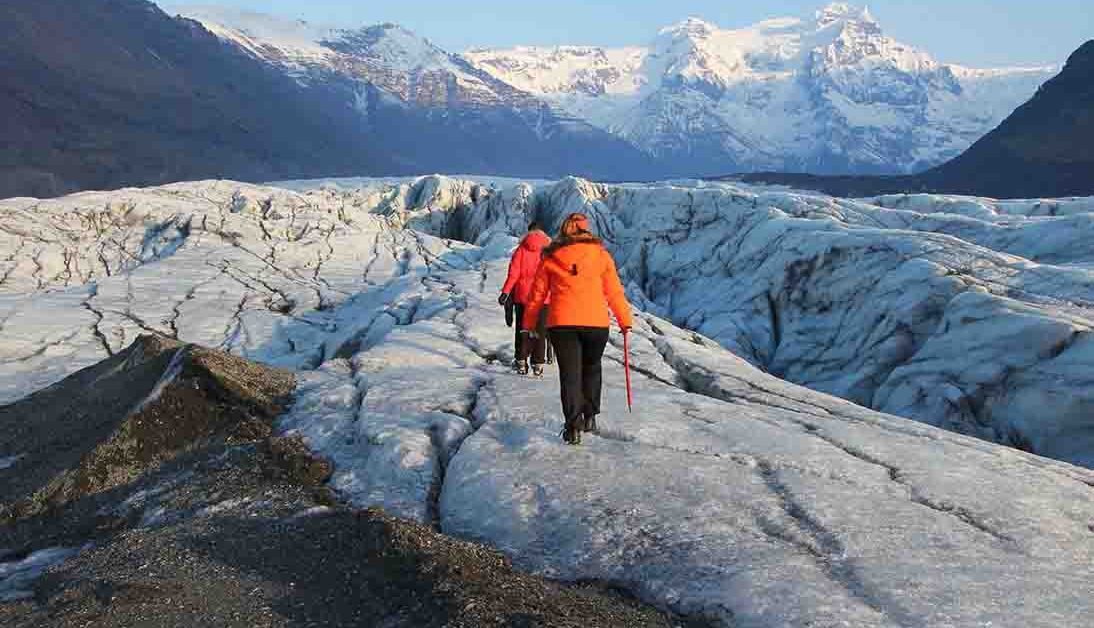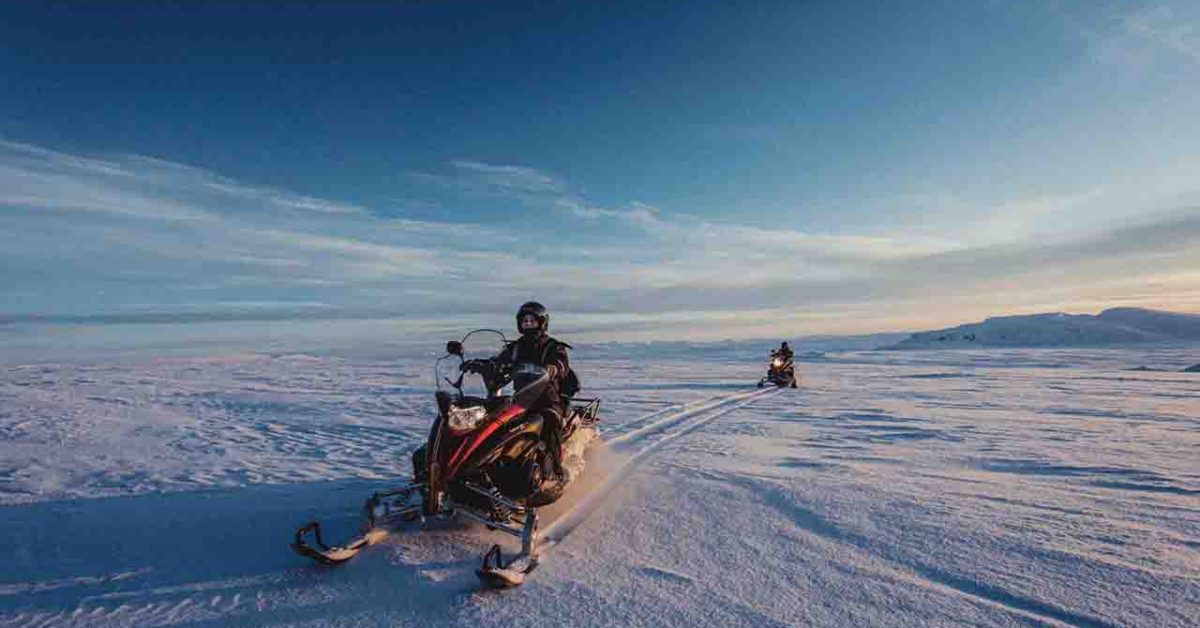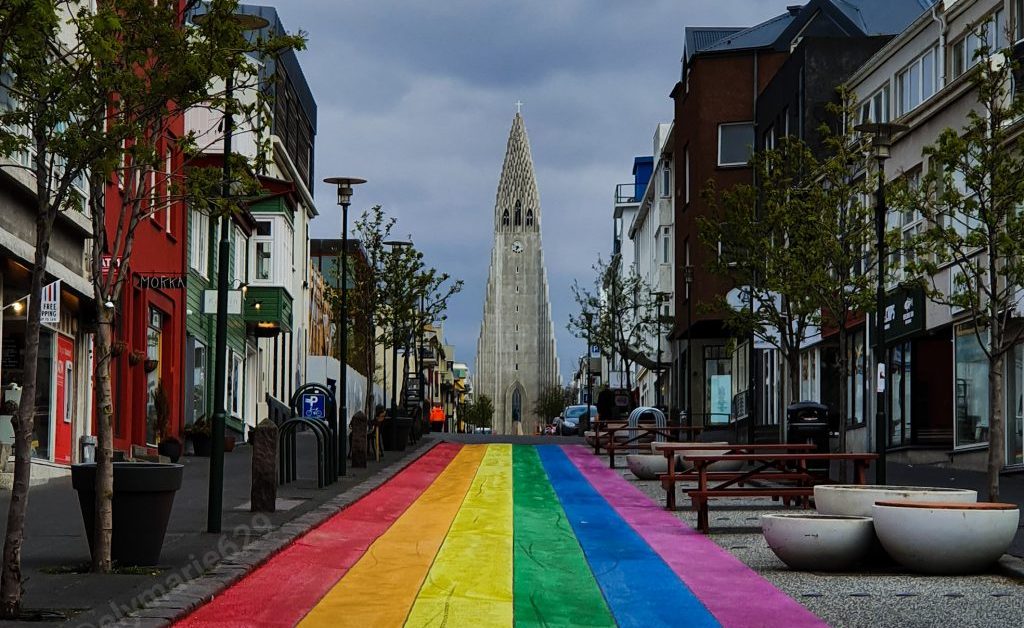Iceland in March, between winter and summer
March is a transitional month here in Iceland. The days are getting longer, we have more and more daylight, and it is also the last month when you can enjoy the Northern lights and some Ice Caves.
It is also an excellent period to travel if you want to experience the Land of Fire and Ice during the cold season.
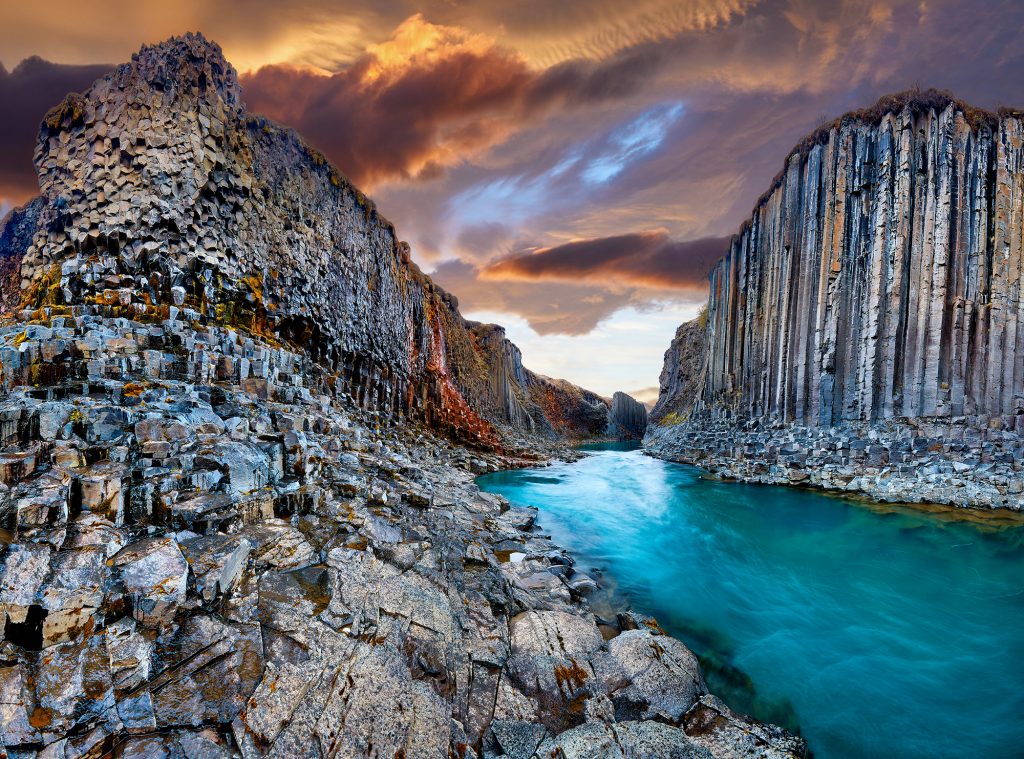
In the Old Norse calendar, March corresponds to the month of Góa, the penultimate month of winter and always starts on a Sunday between February 18th and February 25th.
Góa is the daughter of King Þórri; the whole month is dedicated to women; hence, at the beginning of the month of Góa, Icelanders celebrate Konudagur-Wife’s Day. The month of Góa lasts for 30 days, meaning March 24th is the last day of the month.
On March 25th, the last winter month in Iceland, Einmánuður. The Old Norse calendar follows the sun, and the weather changes. That is why March and April are transition months.

Weather in Iceland during March
In March, Iceland experiences a transition from winter to early spring, offering a mix of weather conditions. Temperatures typically range from 0 to 5 degrees Celsius (32 to 41 degrees Fahrenheit) in coastal areas, while inland regions may be colder.
March weather can be variable, showcasing a blend of snow, rain, and occasional sunny spells. With increasing daylight hours, days start to get longer, providing ample opportunities to witness the breathtaking landscapes as they thaw from winter’s grip.
However, travellers should be prepared for rapidly changing weather patterns, bringing gusty winds and the possibility of snowstorms, particularly in the earlier part of the month.
Packing layered clothing, including warm waterproof gear, is advisable for those exploring Iceland in March to accommodate these fluctuating conditions.
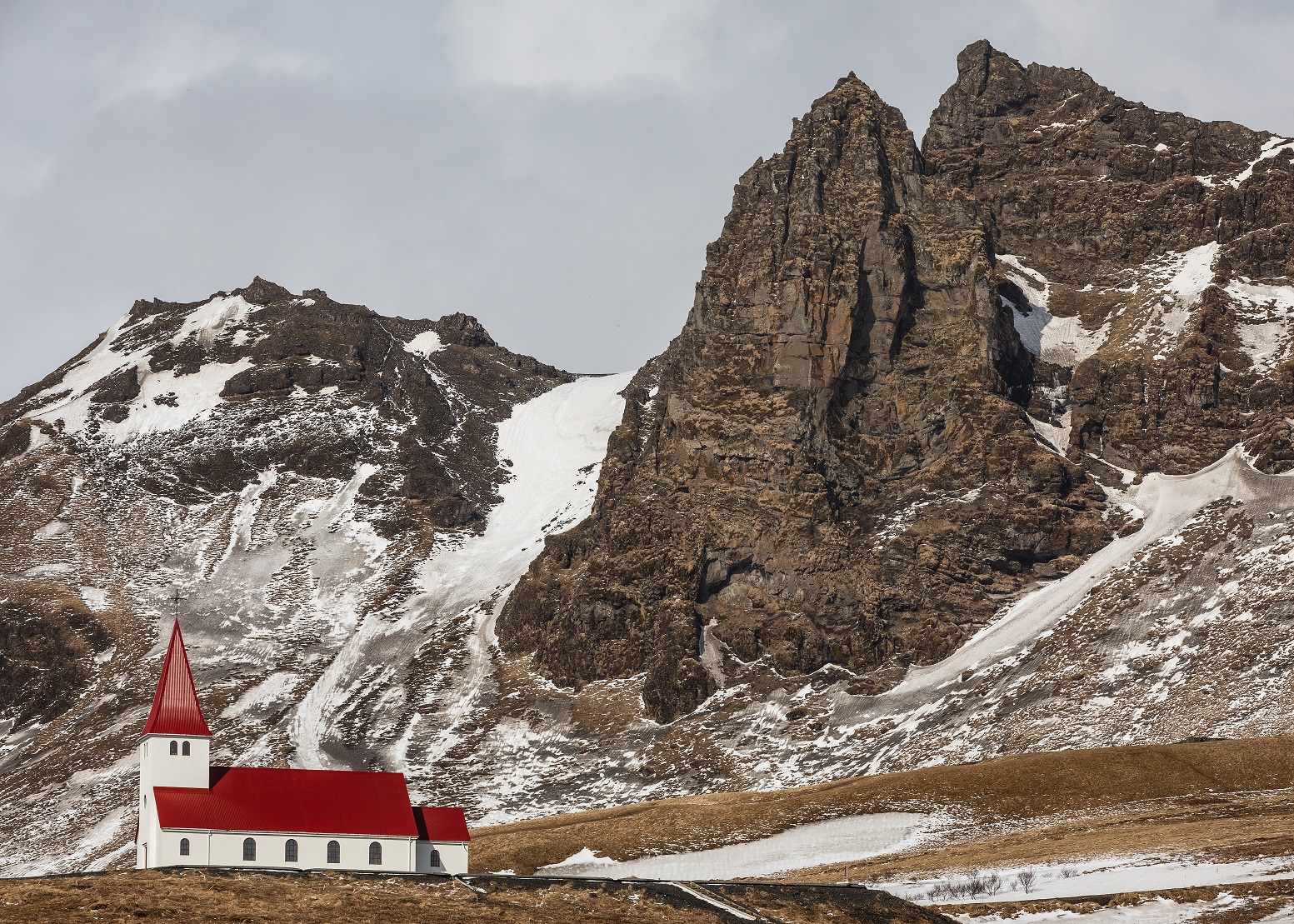
How to dress for a trip to Iceland in March?
When preparing for a trip to Iceland in March, prioritizing warmth and layering is key. The weather can be unpredictable, with temperatures ranging from chilly to cold and occasional snowfall or rain.
Start with a base layer of thermal clothing to retain heat, including long-sleeved shirts and leggings. Over these, add insulating layers such as sweaters or fleece jackets.
Like a good-quality winter coat, a waterproof and windproof outer layer is essential to shield against icy winds and precipitation.
Don’t forget to pack waterproof pants, sturdy boots with good traction for slippery surfaces, gloves, a warm hat, and a scarf to protect against the cold.
Being prepared with these layers will ensure you stay comfortable and enjoy your Icelandic adventure, regardless of the weather fluctuations.
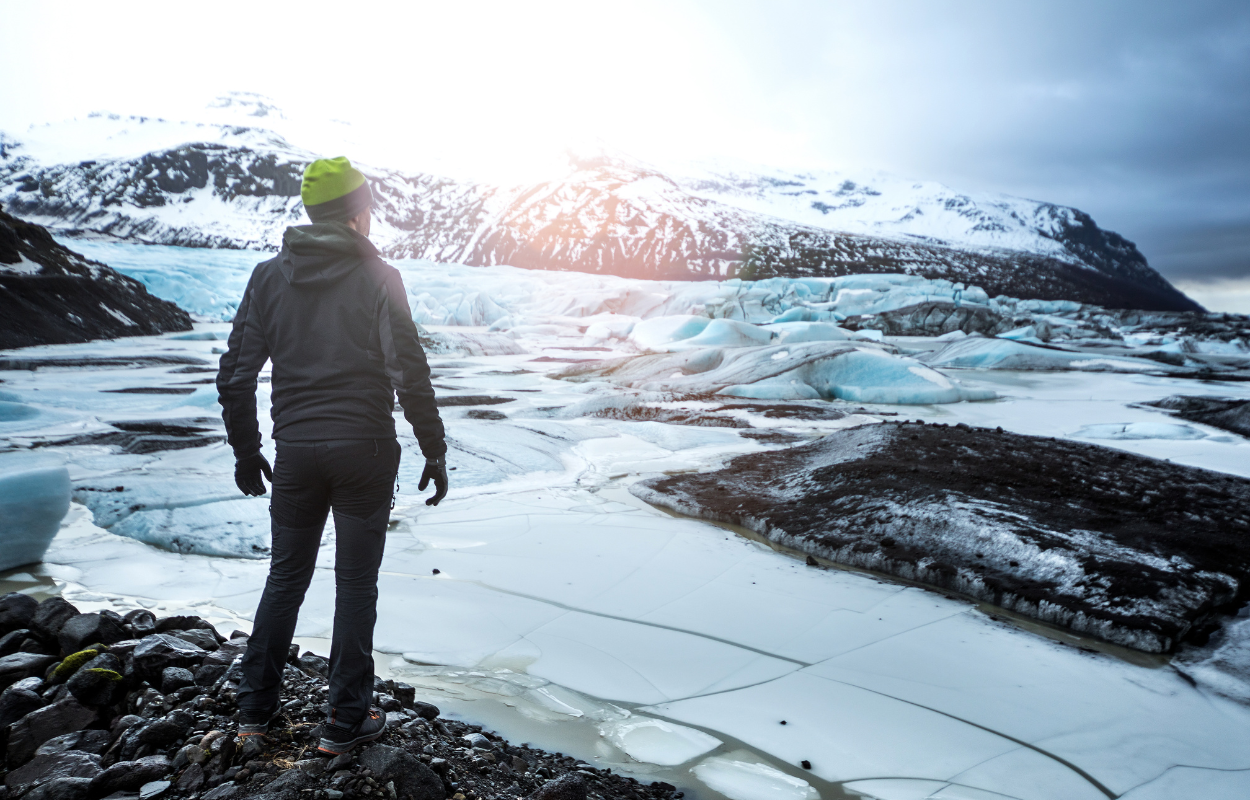
Hunting the Northern Lights (Aurora Borealis)
There is a higher chance of seeing the Northern lights in March because the weather is milder, there are not so many storms, and the sky is more evident, and this is an essential condition when you want to “hunt” them.
So if you are travelling to Iceland during March, take warm clothes with you because, during your stay, you will most probably be outside chasing the Northern lights. It is not a thing to miss.
Pssst, the Northern Lights has witnessed many engagements and, at the same time, has offered the best views for such a special moment.
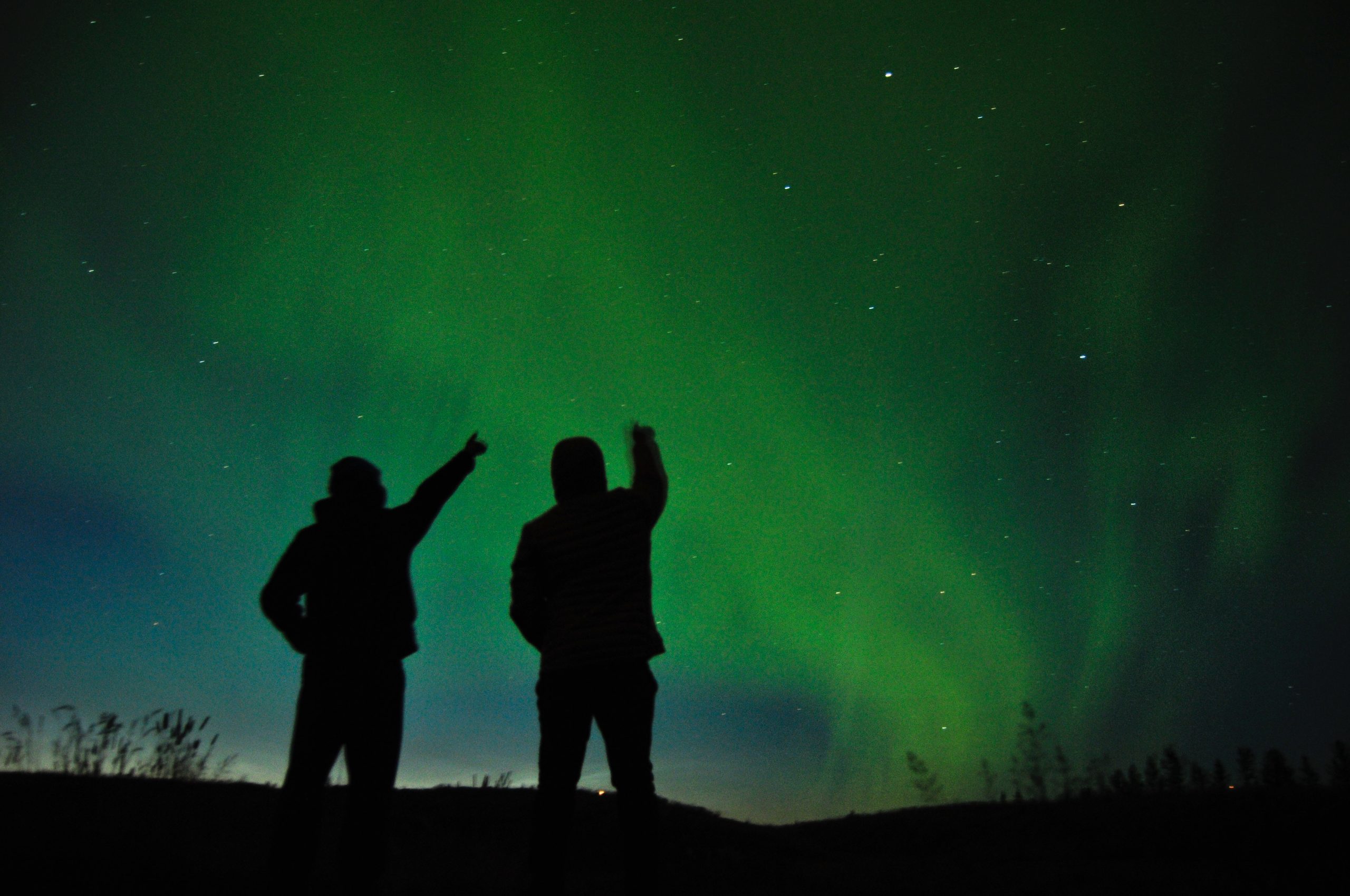
The cold season is the best one for exploring the icy part of Iceland, especially the ones under the glaciers. Exploring a Blue Ice Cave is one of those activities, and I can guarantee that you will never forget it.
Plan and book your tour at the Blue Ice Cave in advance, as many people visit Iceland during winter and want to explore the ice caves.
You can pair the Blue Ice Cave tour with a glacier hiking tour. You can choose a tour either on Vatnajökull, which is the largest glacier in Europe, or you can hike on Mýrdalsjökull, located north of Vík í Mýrdal town.

Experiencing a dog-sledging tour
There is a higher chance of still finding snow in Iceland in March so that a dog-sledging tour will be the cutest part of your trip. Our furry friends here in Iceland are ready to give you a memorable experience.
Many other activities are COOLer during the winter: snowmobile tours, enjoying a geothermal bath, and enjoying museum exhibitions.
